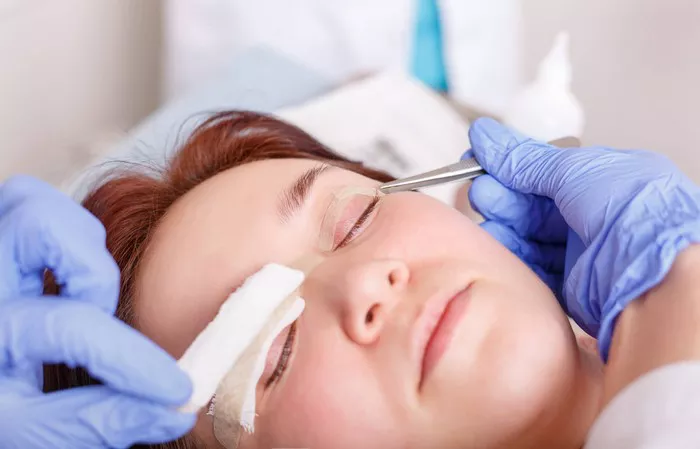Double eyelid surgery, also known as Asian eyelid surgery, is a cosmetic procedure designed to create a crease in the upper eyelid. While the primary goal of this surgery is to enhance the appearance of the eyes and create a more defined eyelid contour, some individuals notice that their eyes appear smaller after undergoing the procedure. This phenomenon can raise questions and concerns among patients. In this article, we explore the factors that contribute to the perception of smaller eyes after double eyelid surgery and provide insights into the potential reasons behind this phenomenon.
Understanding Double Eyelid Surgery
Double eyelid surgery is a popular cosmetic procedure that is often chosen to achieve a more prominent upper eyelid crease. This procedure is especially common among individuals of Asian descent, as many Asian individuals have a monolid (absence of a crease) or a low eyelid crease. The surgery involves creating an incision along the upper eyelid to form a new eyelid crease or enhancing an existing crease. This alteration aims to create the appearance of larger, more open eyes.
Factors Contributing to Smaller Appearance
Swelling and Healing: Immediately after double eyelid surgery, it is normal for the treated area to experience swelling and inflammation. Swelling can cause the eyelids to appear temporarily puffy, giving the illusion of smaller eyes. As the healing process progresses and swelling subsides, the eyes are likely to regain a more natural appearance.
Suture Tightening: In some cases, sutures are used to create the new eyelid crease during surgery. The initial tightness of these sutures can contribute to a narrower eye appearance. However, as the sutures gradually loosen and the eyelids adjust, the eyes often appear more open and balanced.
Position of Crease: The placement and height of the eyelid crease can impact how the eyes appear in relation to the rest of the face. If the crease is positioned too low or is too deep, it can create the illusion of smaller eyes. Skillful surgical technique ensures that the crease is positioned to enhance the eye’s aesthetics.
Individual Perception: The perception of eye size can be subjective and influenced by factors such as lighting, makeup, and facial expressions. Patients may perceive their eyes as smaller due to temporary post-surgery changes or heightened self-awareness.
Temporary Effects: After surgery, the eyelids may experience temporary tightness, stiffness, or discomfort. These sensations can affect how patients perceive the appearance of their eyes, potentially leading to the perception of smaller eyes.
Managing Expectations
Recovery Period: It’s important to recognize that the initial recovery period after double eyelid surgery involves healing and adjustment. Swelling, tightness, and changes in eye appearance are normal during this phase.
Follow-Up Consultations: Regular follow-up appointments with your surgeon will allow them to monitor your healing progress and address any concerns you may have. They can provide guidance on what to expect during recovery and address any misconceptions.
Patience: The healing process varies from person to person, and changes in eye appearance are often temporary. As the swelling subsides and the eyelids adjust, you can expect your eyes to regain a more natural and balanced appearance.
Conclusion
The perception of smaller eyes after double eyelid surgery is a common concern among patients. Understanding the factors contributing to this phenomenon can help alleviate worries and manage expectations. Swelling, suture tightness, the position of the crease, and individual perception can all play a role in how the eyes appear immediately after surgery. It’s essential to communicate openly with your surgeon, attend follow-up appointments, and be patient as your eyes go through the healing process. Over time, the eyes are likely to regain their intended appearance, reflecting the positive outcomes of double eyelid surgery.


